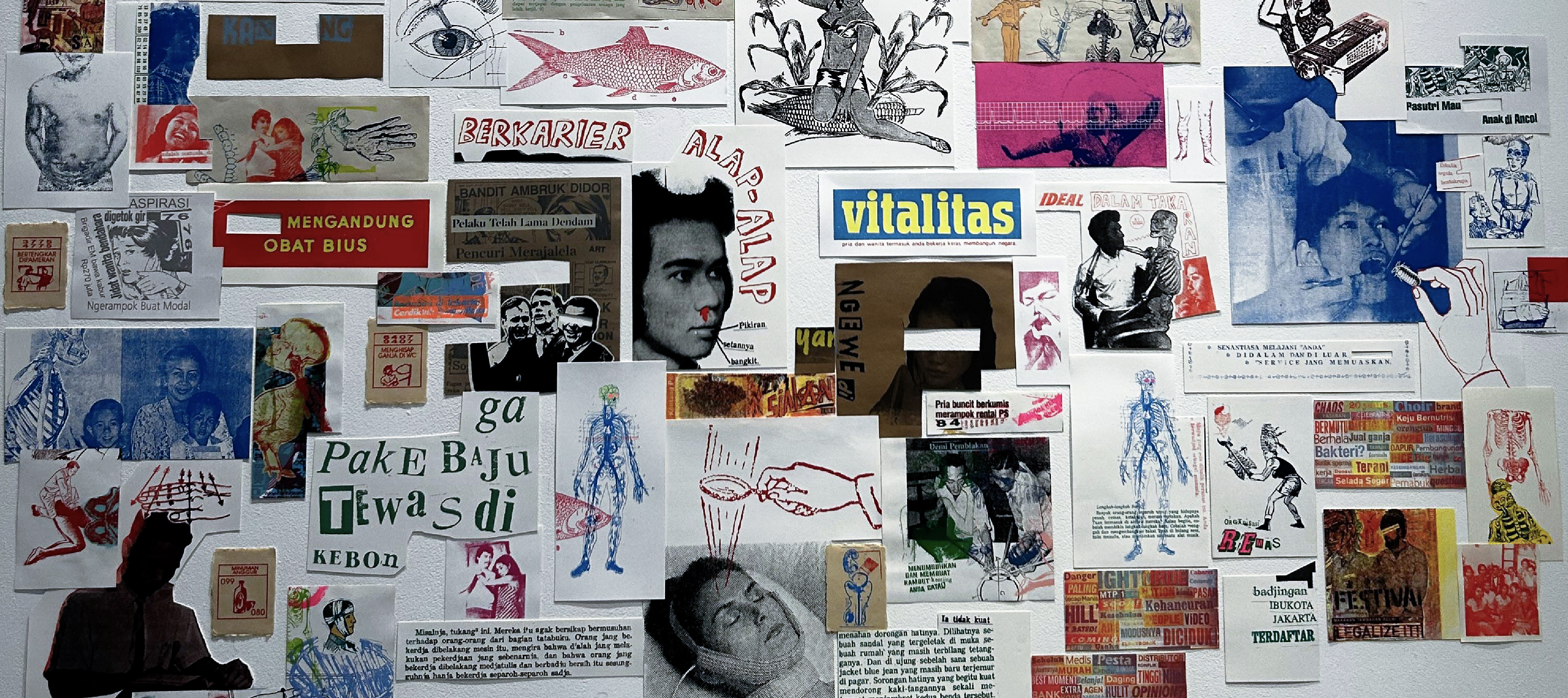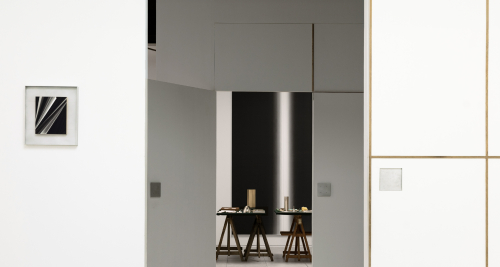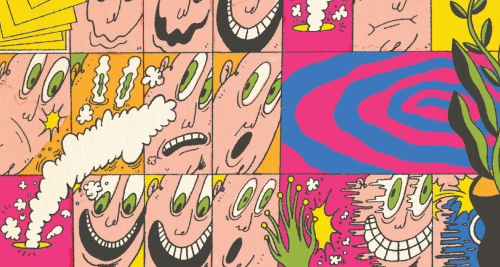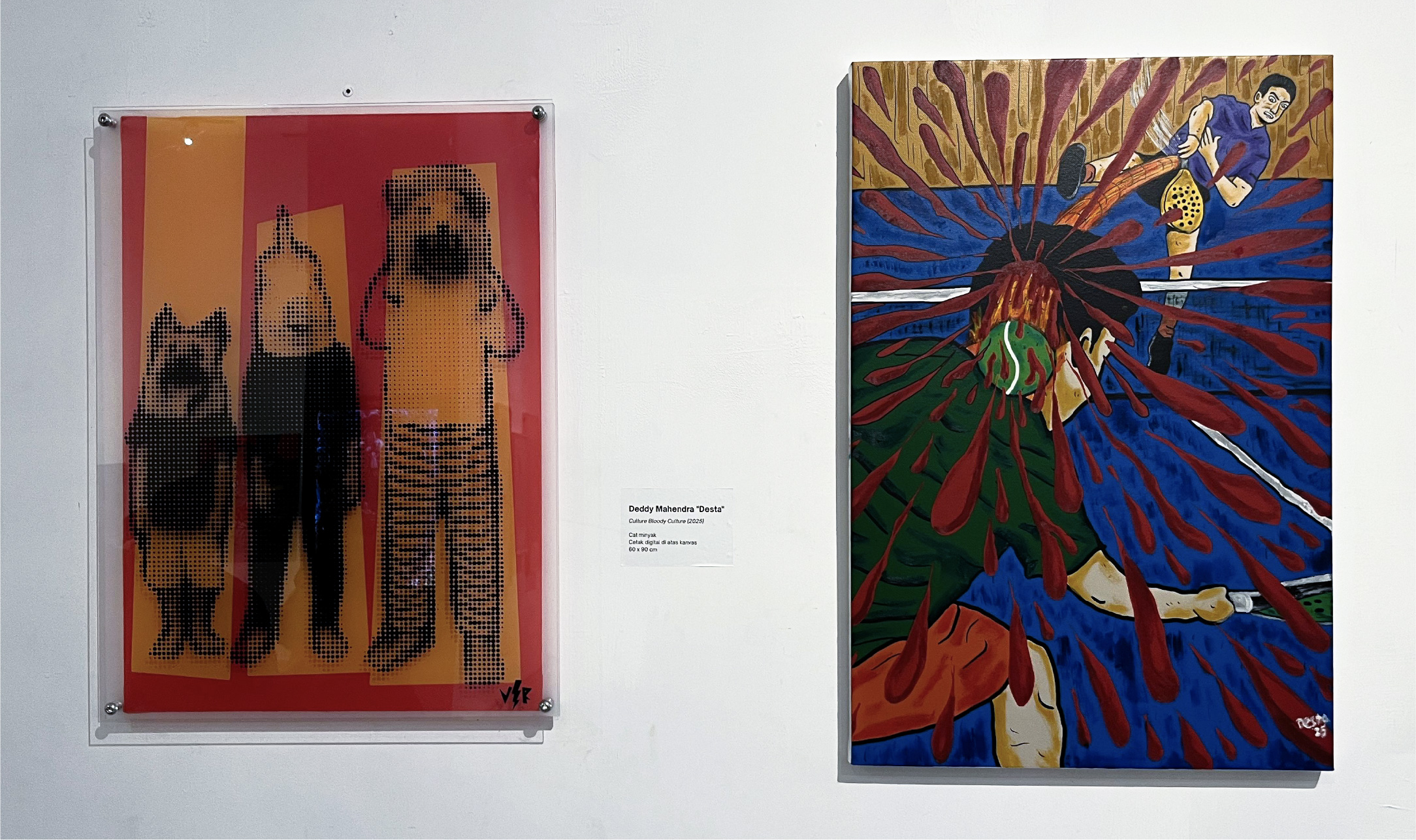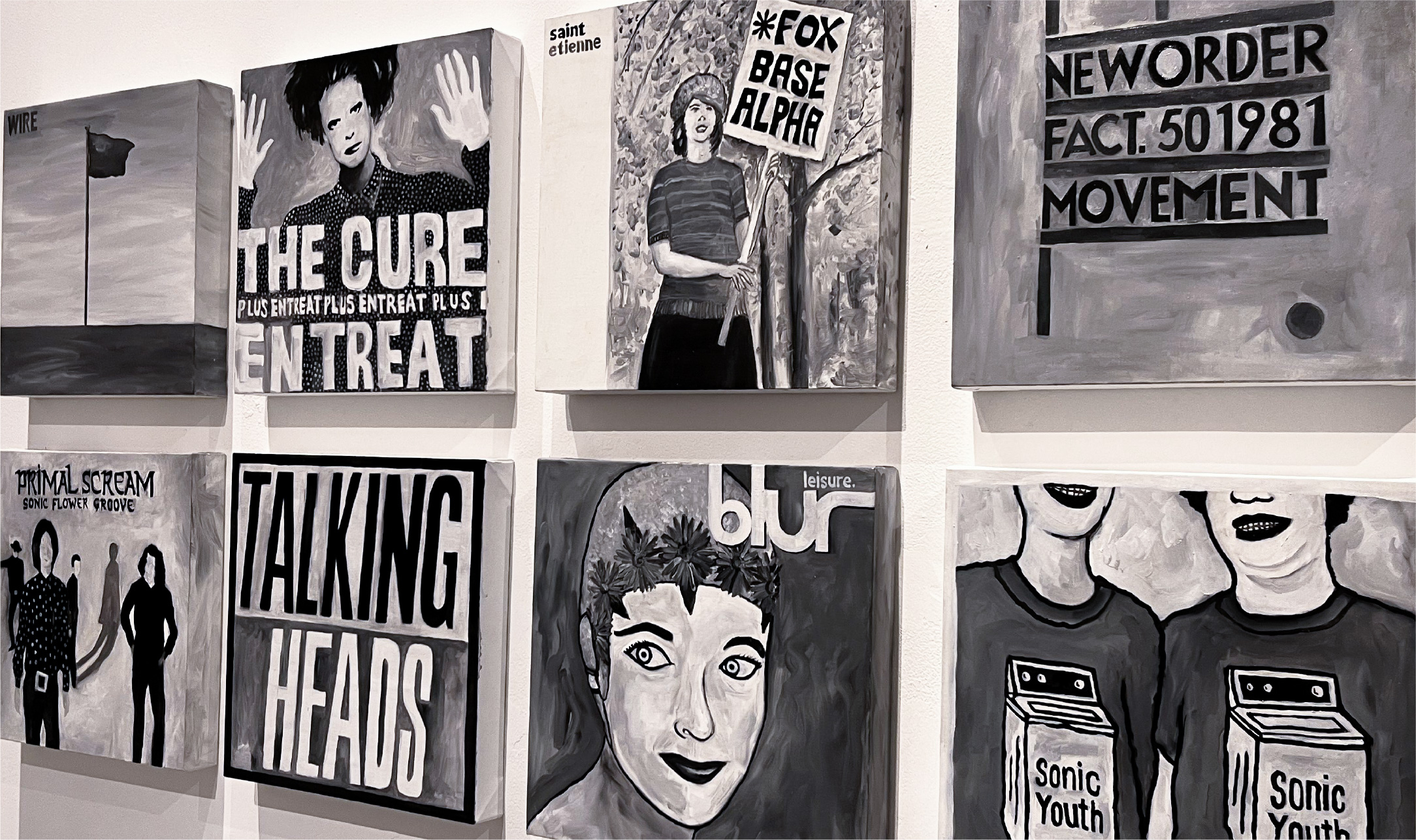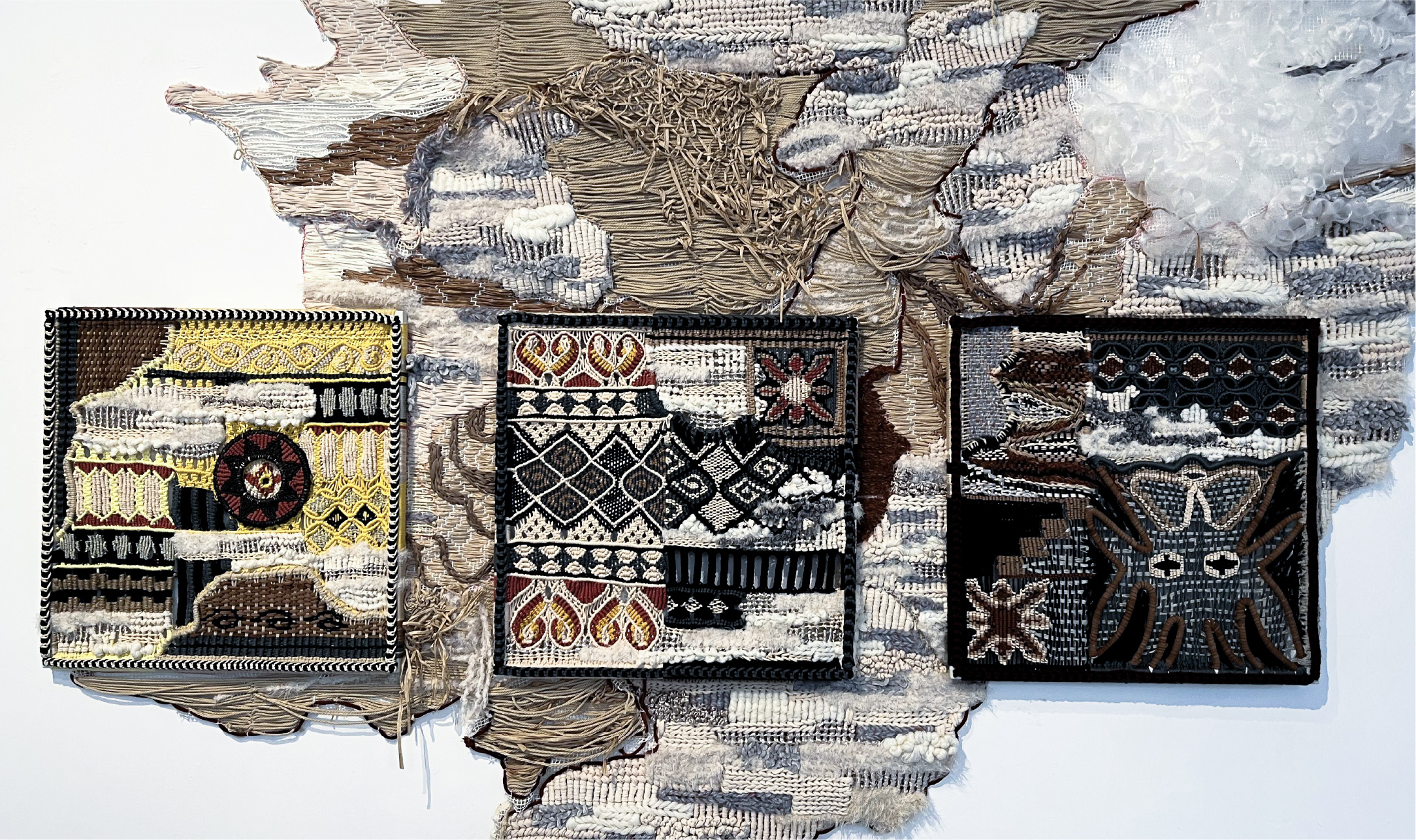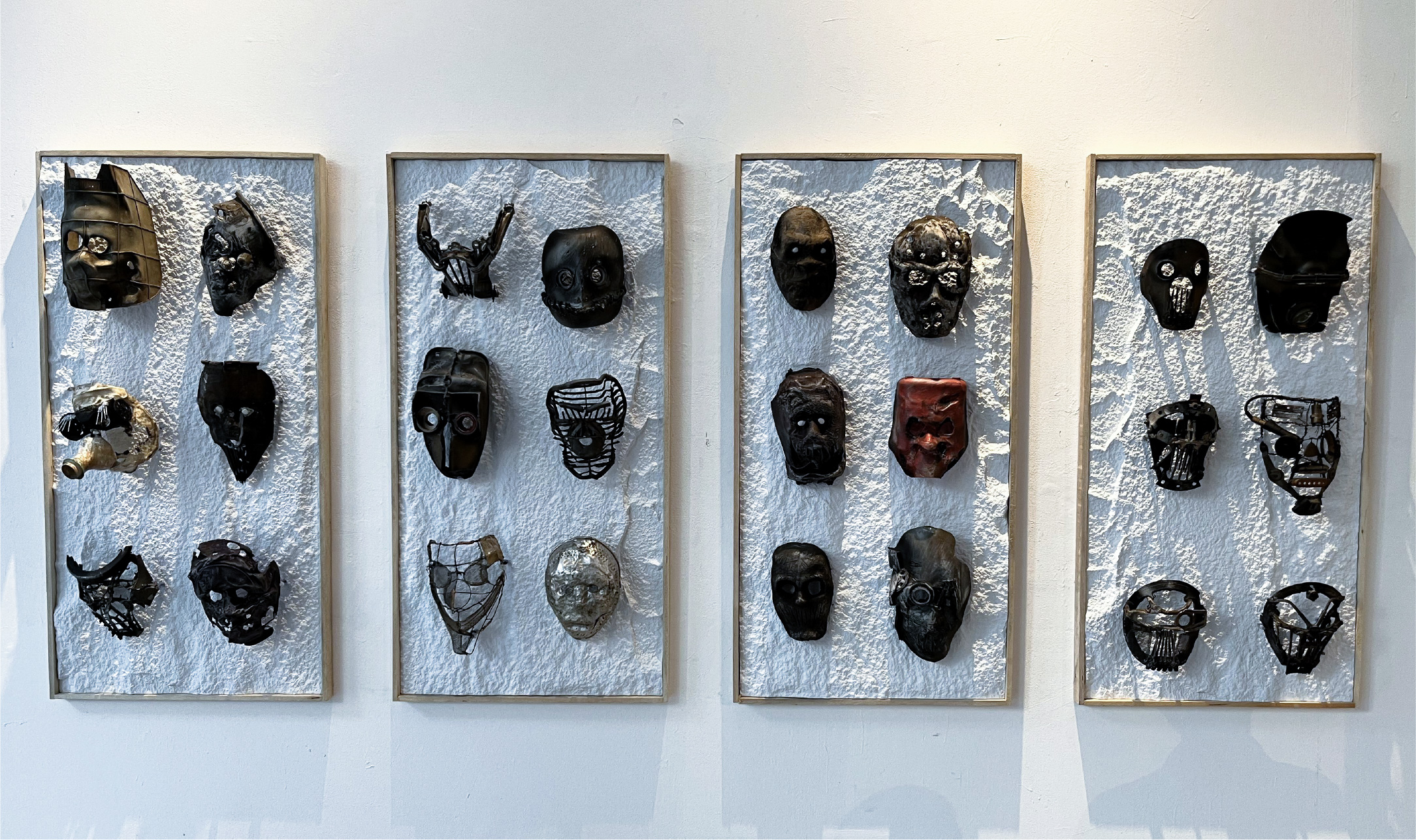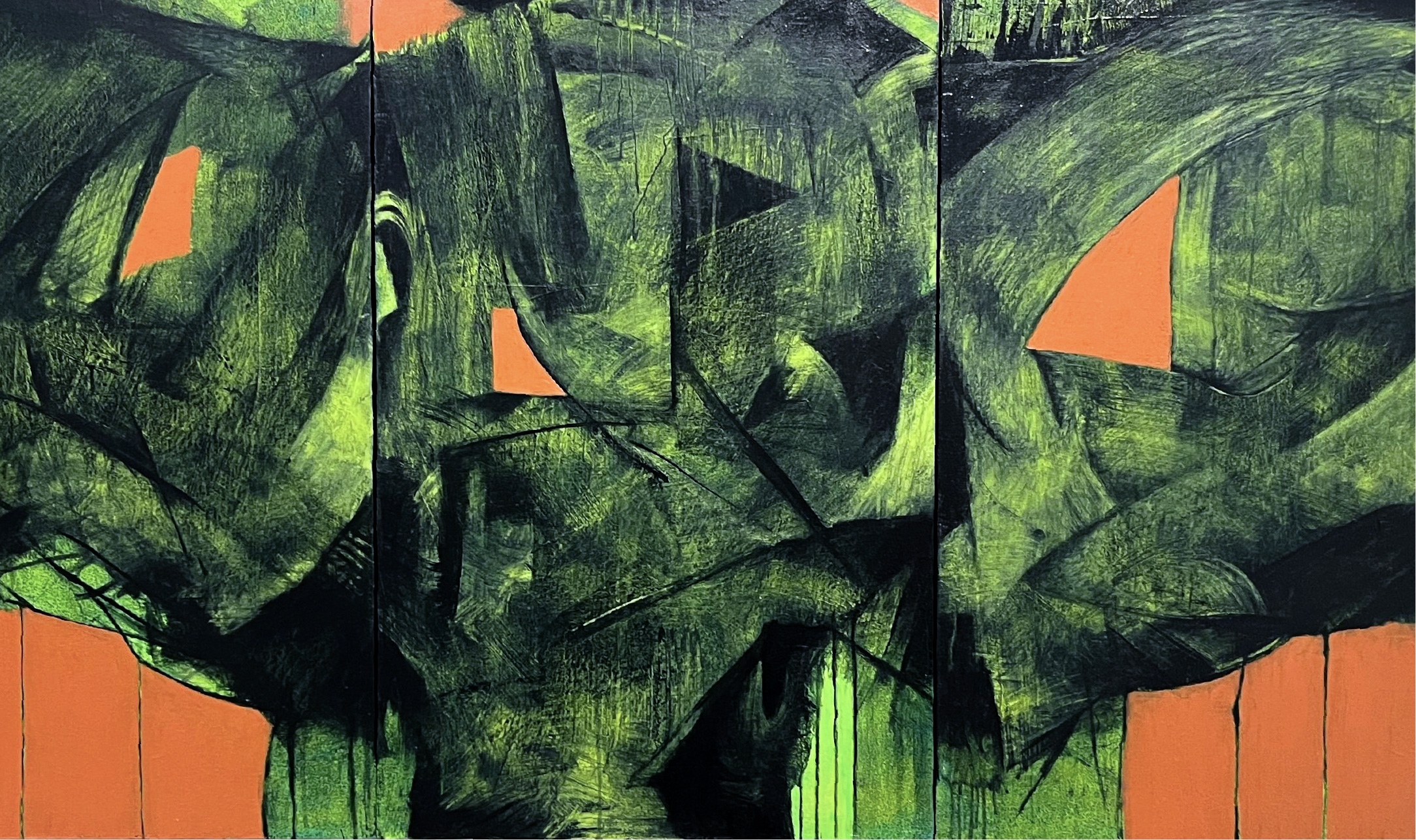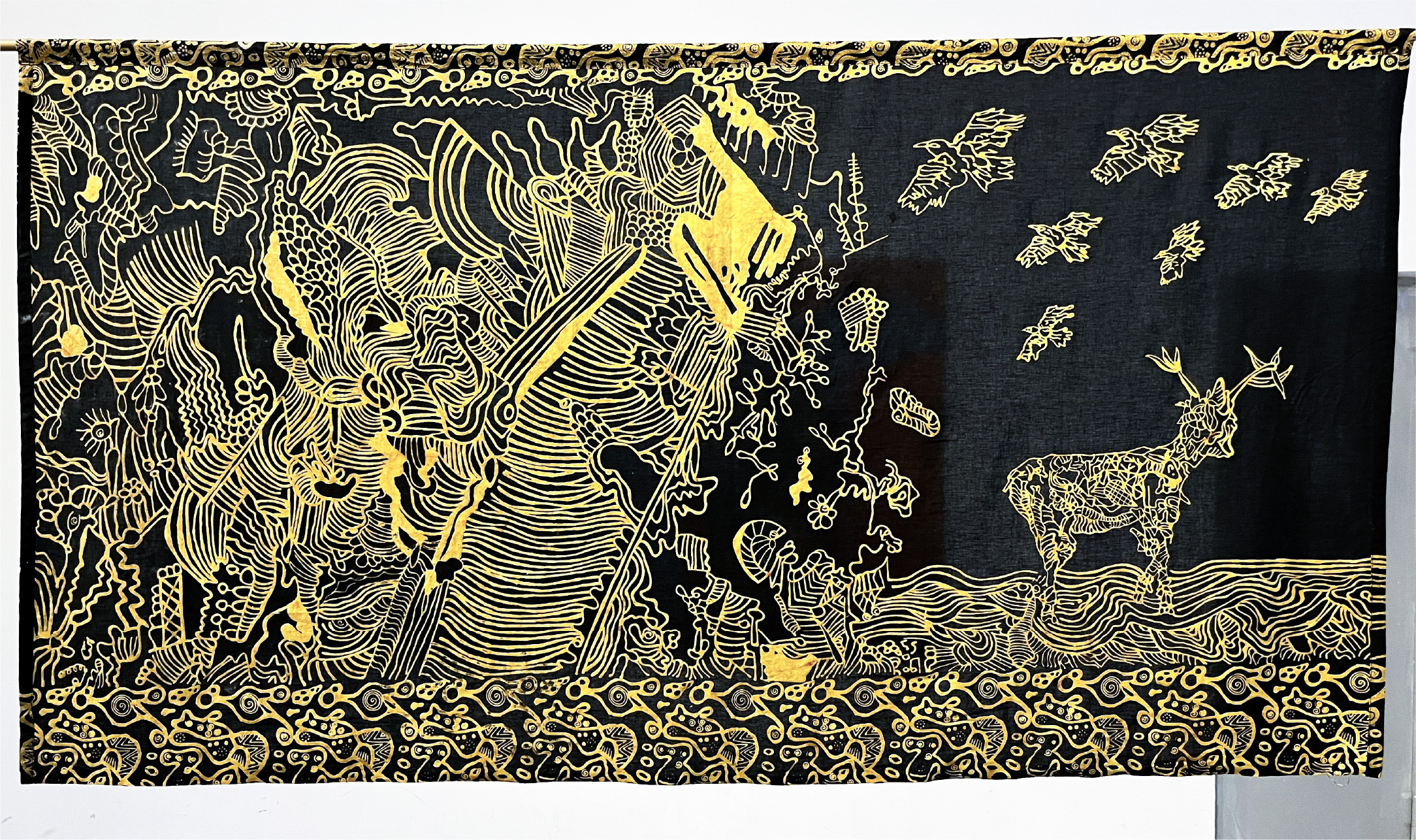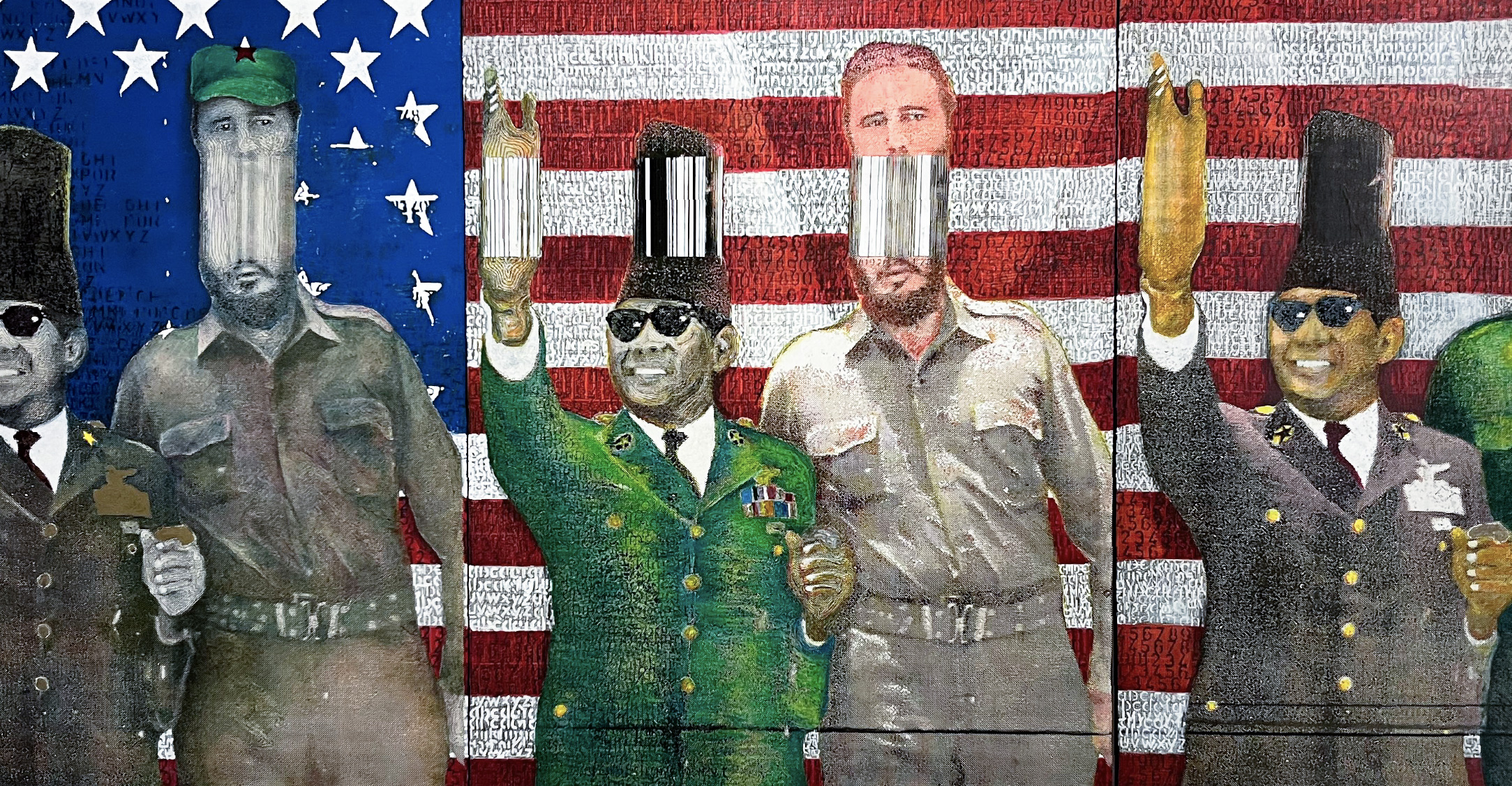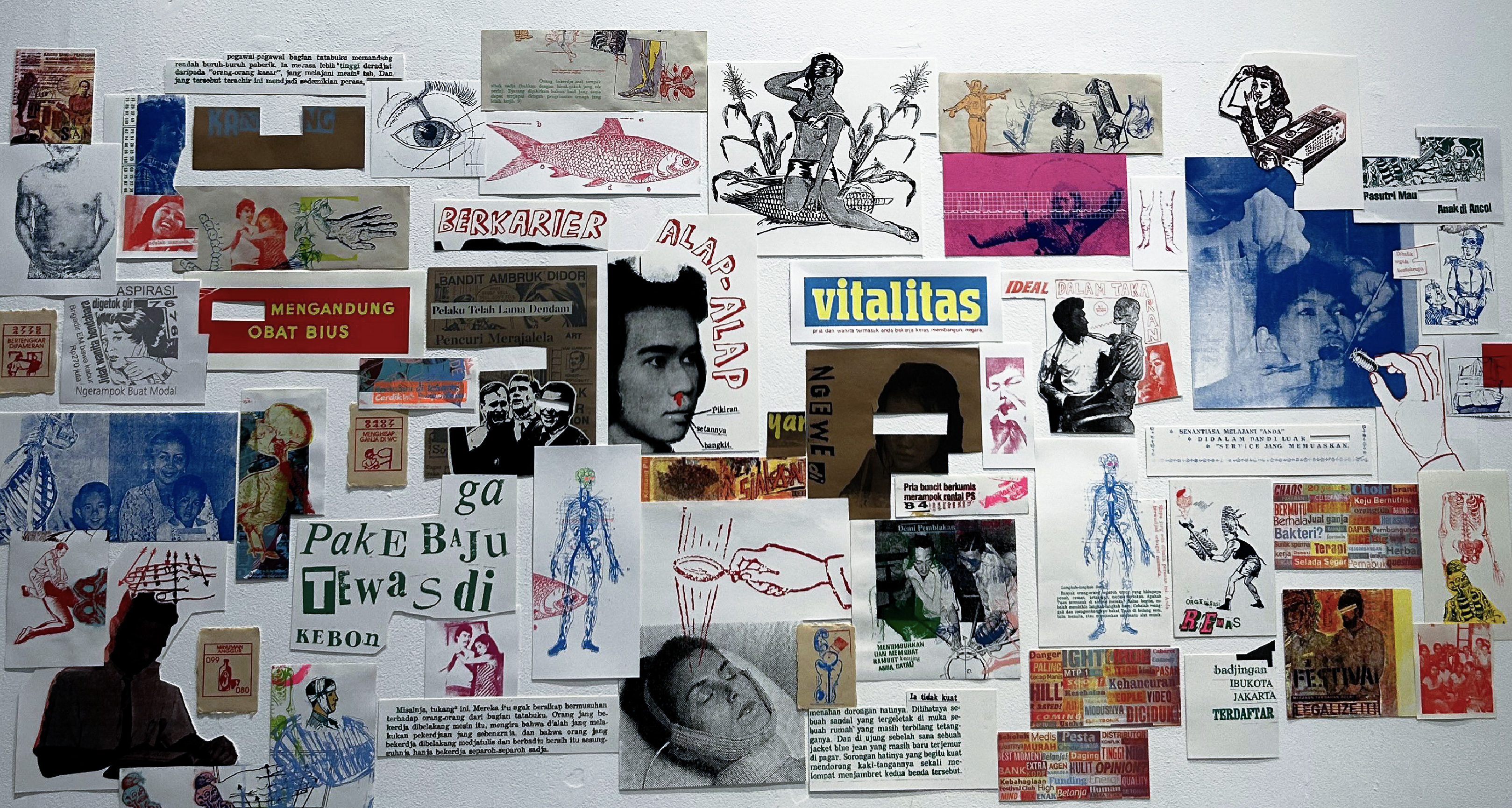Fragmentation of the Popular-Unpopular: Reading the Times Through Gorta 2025 Exhibition
Social media algorithms shape what we see, what becomes the topic of conversation, and even what we eventually consider important. In this situation, artists face a dilemma: to follow the popular current or to resist by taking the quieter path. Recently, Indonesian social media feeds were filled with images of the Straw Hat pirate flag from the anime One Piece. At first, it looked like a typical internet joke, but soon the fictional symbol was interpreted differently. Many saw it as a sign of protest, as another way to voice concerns about freedom and justice amid unstable political conditions.
This phenomenon became the point of inquiry for the curatorial team of Goresan Jakarta (Gorta) in shaping this year’s art exhibition. They viewed the rise of the pirate flag not as mere mass playfulness, but as evidence of how the fictional world can transcend official state narratives. A symbol from popular culture was capable of triggering genuine political resonance.
From here, the theme “Fragmentation of the Popular-Unpopular” emerged. The exhibition, held at Gedung Emiria Sunassa, Taman Ismail Marzuki (TIM), Jakarta, from August 14–27, 2025, brings together 70 artists across media and generations. The opening took place on August 13 with an audiovisual performance, followed by a series of public programs ranging from discussion forums to curatorial tours.
The curatorial statement emphasizes how contemporary life is increasingly determined by the flow of digital information. Following the current means adapting works to the tastes and distribution logic of digital platforms. Works may quickly gain recognition, be easily understood, and spread widely. On the other hand, resisting the current means making artistic choices that are not popular, carrying the risk of being less accessible or harder to reach audiences. Both strategies, according to the curators, hold equal value because each reveals another side of fragmented realities.
Gorta itself is not new to the scene. This community, composed of graduates of the Jakarta Institute of the Arts, has organized several exhibitions together. In 2022 they began at Tokonoma, Cipete, a small space that offered an intimate setting to present works. In 2023, they moved to Artland MKG, Kelapa Gading, taking on a larger format. This year, they return to TIM, a place that for many young Jakarta artists was their first encounter with art.
By returning to TIM, Gorta reaffirms their historical connection with the birthplace of modern art education in Jakarta. At the same time, they open the exhibition to a broader public, beyond the circle of artists.
The exhibition departs from a simple question: what fragments shape our reality today? What is popular and appears before us because it is driven by algorithms, and what is unpopular, quieter, and must be sought out consciously?
Through the works on display, artists attempt to reframe those questions in their own ways. Some adopt the popular strategy, while others create a “glitch,” a disruption that unsettles smooth systems. These choices invite audiences to reconsider how they themselves live in a fractured world.
The pirate flag episode that preceded this exhibition illustrates how symbols can quickly shift meanings, from fiction to protest, from entertainment to political discourse. The exhibition seeks to channel that same energy, in a more deliberate manner, through the hands of the participating artists.
The exhibition presents works by Dolorosa Sinaga, Maharani Pane, KP Nugroho, Tuli Kalindra, Agnes Hansella, Lambertus, Jahipul, Alienpang, Jimi Multhazam, Ricky Malau, Desta Mahendra, Vincent Rompies, and other IKJ alumni. They explore diverse issues and media. For instance, Dolorosa Sinaga’s sculptures address women’s issues, while Maharani Pane uses performance and installation to explore humanitarian themes. Jahipul and Vincent Rompies contribute with chaotic screen prints, Agnes Hansella works with macramé embroidery, and Desta Mahendra returns to oil on canvas.
None of the works in the exhibition are intended to provide a single answer. Instead, they invite doubt, questions, and reflection. Artists are positioned as navigators in the sea of information, sometimes choosing to sail with the current, sometimes steering toward quieter, unexpected routes.
“Fragmentation of the Popular-Unpopular” serves as a shared space to reexamine how reality is shaped. It does not offer a grand, certain narrative, but instead presents fragments of the realities we encounter daily. From viral social media phenomena to unpopular artistic choices, everything is woven into a broader conversation about freedom, truth, and the role of artists in this era.
